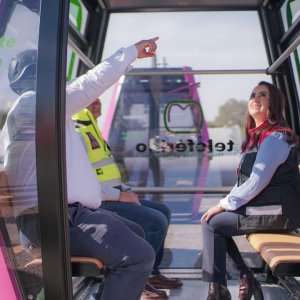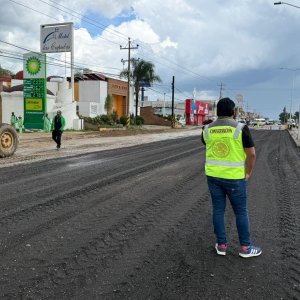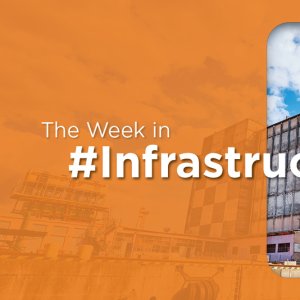Underground Infrastructure for Better Mobility

STORY INLINE POST
Q: What are the key urban development trends in Mexico?
A: Urban centers that grow as far as the eye can see generally present mobility issues and those cities that fail to solve these issues will see their young population flee to other locations. This is true for all social strata. A construction worker or a young professional will generally earn the same amount regardless of the area of a city in which he or she works. If young people can make just as much money working within walking distance from their home and have convenience stores, bars and other businesses in their direct vicinity, there is no point in wasting time and money in moving around the city. The future is in vertical growth with useful urban mobility.
Q: What role will a company that specializes in underground structures play in vertical growth?
A: It is our duty as engineers to come up with solutions that feed this trend. In the particular case of Monterrey, orography has defined the city’s layout but civil engineering must now prevail over hills. Since the city is expected to grow vertically in the coming 25-30 years, UnderTerra wants to contribute to urban mobility here by interconnecting areas and developments through pedestrian tunnels. The center of Monterrey is practically deserted; there is an abundance of vacant lots and abandoned houses. This provides significant opportunities to develop the area and adjust it to the ongoing urban development trends.
Q: What advantages do pedestrian underpasses or tunnels offer over pedestrian overpasses or bridges?
A: People commonly expose themselves to danger by crossing streets directly instead of using pedestrian bridges. Using a bridge at noon in 40°C heat means spending time and physical effort to go up and down the structure that could be easily avoided by using a tunnel. A couple of tenders for pedestrian bridges in Monterrey were recently awarded. We ran the numbers and realized that UnderTerra’s underpasses could have saved the public treasury 8 percent of the final costs of these bridges. The issue is that the tender was to build overpasses, so coming up with a pedestrian tunnel proposal was out of the question.
Q: How did UnderTerra find the opportunities that pedestrian underpasses provide?
A: In 2009, we built four 3m wide tunnels in Silao, Guanajuato that constitute part of the Federal Highway 45 and that were geared toward solving the rainwater drainage problems that Guanajuato Interior Port was suffering. Six months later in a routine inspection of these tunnels we noticed pedestrians in the area did not use the pedestrian overpass and crossed the road directly. We came up with the idea of using the Tunnel Boring Machine that we used for the highway tunnels to build well-equipped pedestrian underpasses.
Q: Where has UnderTerra implemented these underpasses?
A: UnderTerra has built two tunnels thus far. We approached the mayor of San Miguel de Allende and eventually built the first pedestrian tunnel in that city. It has had a positive impact by reducing the accident rate in the area. Another underpass in Monterrey. The company dug an underpass that connected the new building of the Autonomous University of Nuevo Leon’s hospital with other buildings through basement access. This enabled the hospital to transport hazardous biological waste to the incinerator without having to take it to street level.
Q: What challenges has UnderTerra faced while trying to implement these tunnels?
A: We have faced tough resistance to these solutions. Looking for clients and promoting a unique idea is time and energyconsuming for the company, but it is worth it. For instance, a year and a half passed between us approaching the mayor of San Miguel de Allende and the moment the crossing was finished. But now that the tunnel is there, the press praises it. Our strategy is to educate the market. We show technical directors of public dependencies like SCT, construction companies and real estate developers how they can benefit from these underpasses.























